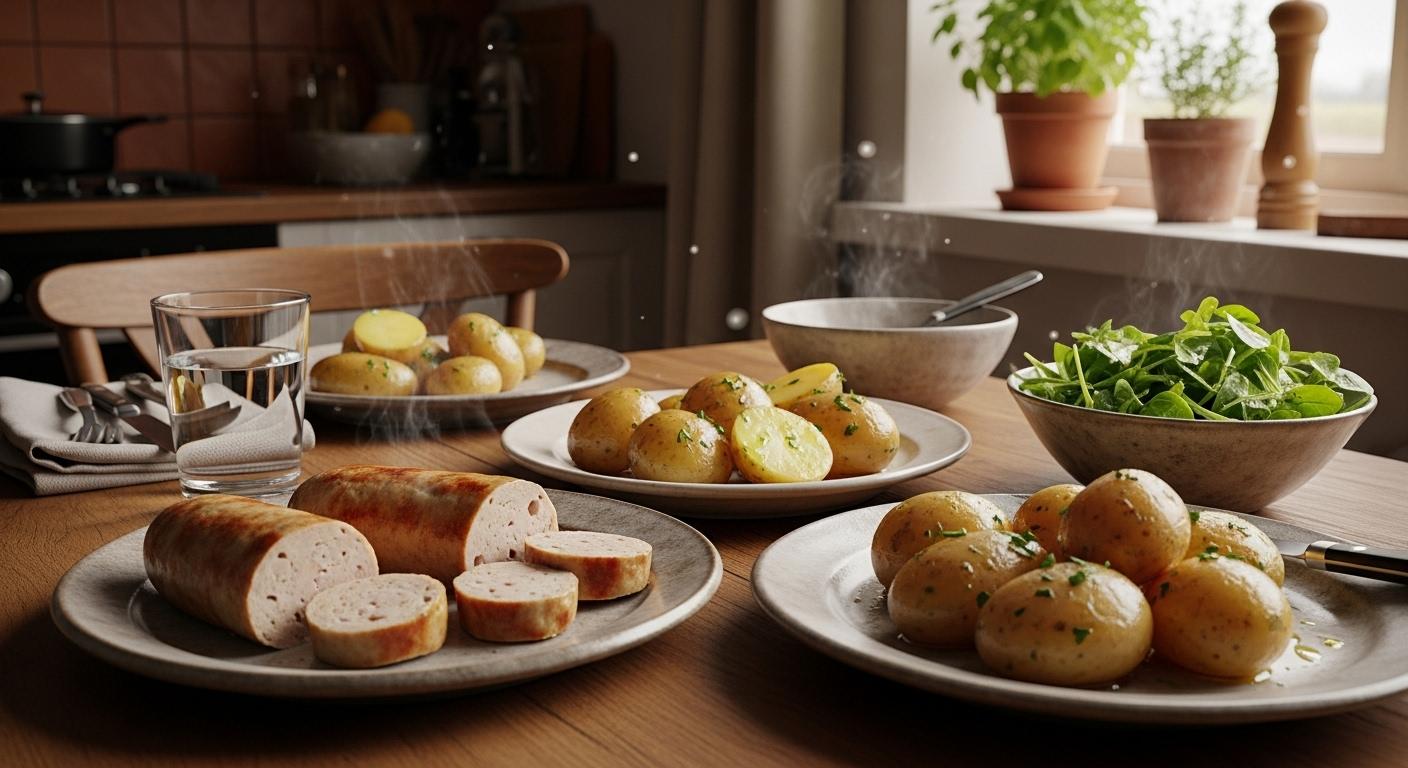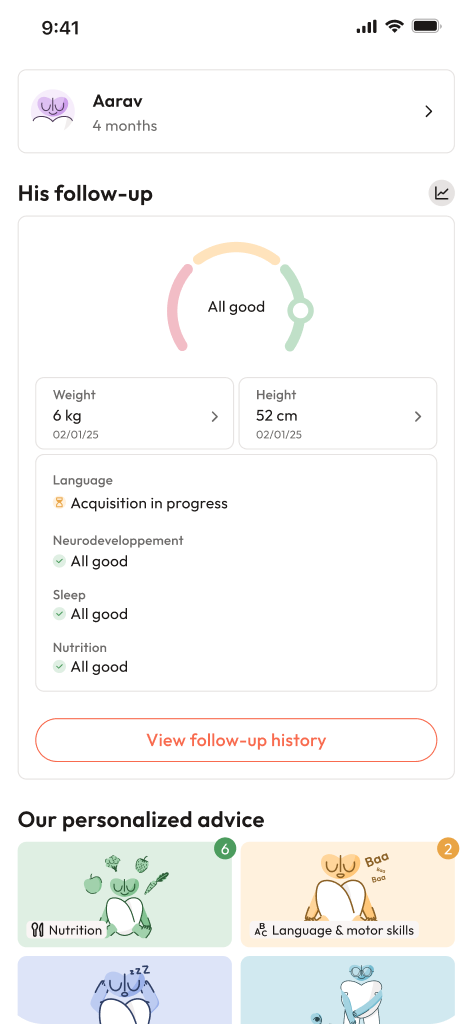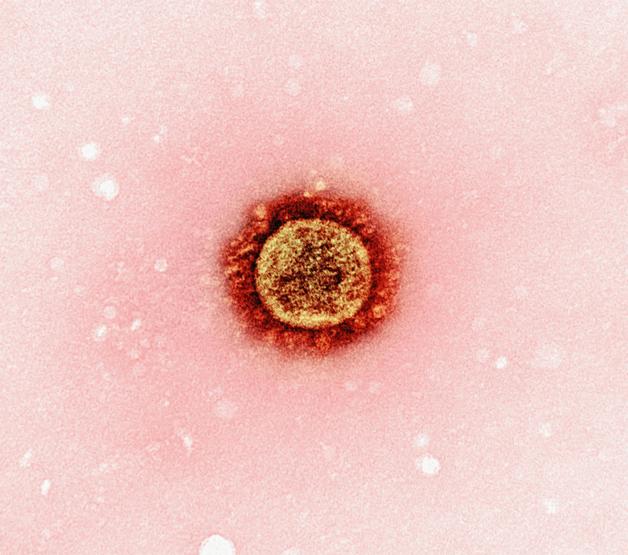White pudding pregnant—those three words can generate a surprising mix of curiosity and concern. For many parents-to-be, questions swirl around a seemingly simple sausage. Is it harmless if served hot? How about that pre-packaged boudin blanc from the market? Should one worry about listeria lurking in the fridge, or is the salt content the bigger issue? The answers, as with so much in pregnancy, are not binary—context matters, labels matter, and that little detail about “internal temperature” suddenly matters a great deal more than before. If you have ever weighed a slice of white pudding pregnant at a breakfast table, uncertain, this exploration delivers clarity and solutions. Here is what every parent should keep in mind: precise cooking, reading the ingredients, food safety, and smart swaps. Your journey through the maze of white pudding pregnant is about to feel more manageable.
What is white pudding and why do parents worry during pregnancy?
White pudding, that pale cousin of the famous black pudding, can look innocuous—yet its recipe is far from standardised. Some versions are simple: oats or barley, pork fat, a little seasoning, perhaps some minced pork. Others, especially boudin blanc, blend bread, milk, poultry, sometimes veal, and the occasional dash of cream. No blood, hence the pale colour—a notable contrast to the more robust black pudding.
So why the swirl of concern about white pudding pregnant? Texture (soft versus grainy), fat content, types of meat, and even the manufacturing process—all can change what ends up on your plate. For pregnant parents, the key anxieties usually revolve around three words: listeria, vitamin A (from liver), and salt. But do all white puddings equal the same risk? The answer is nuanced.
- Irish/Scottish style: robust, grain-forward, fairly fatty, sometimes porky, tends to be firmer.
- Boudin blanc and French styles: softer, creamier, poultry or veal, often richer on the tongue, more likely to include eggs or dairy.
The presence of organ meat, especially liver (rich in vitamin A, also called retinol), can transform “safe” into “limit your intake.” Labels make all the difference—a lesson every parent-to-be navigating white pudding pregnant soon learns.
Understanding ingredients: allergens, additives, and caution with liver
Pregnancy turns label-reading into an Olympic sport, and white pudding pregnant intensifies the scrutiny. What lurks inside the casing?
- Possible allergens: Milk, egg, gluten (from bread or cereals), sometimes soy, often listed as lecithin. Not every brand includes all; vigilance is wise if allergies run in the family.
- Additives: Some products feature nitrites (preservatives, often flagged in deli meats), emulsifiers, gelling agents, or antioxidants. You may wish to choose nitrite-free when that’s an option, but verify on the ingredient list—labels often change.
- Liver content: Only a few versions contain liver or offal (organ meats). Liver is loaded with preformed vitamin A (retinol), which, in high amounts, may affect foetal development. If “liver” or “offal” appears anywhere on the label, it’s safer to skip or strictly limit intake during pregnancy.
Sodium and saturated fat should also catch your attention. Salty, fatty products can tip the nutritional balance, especially when pregnancy-related swelling or high blood pressure enters the picture.
White pudding pregnant: managing food safety risks
No list of risks for white pudding pregnant would be complete without mentioning three pathogens: listeria, toxoplasma, and salmonella. Steaming-hot food becomes more than a preference—it’s the primary line of defence.
Listeria: the fridge-dwelling foe
Listeriosis, though rare, can be severe during pregnancy. Listeria monocytogenes thrives in cold, ready-to-eat meats that linger too long in the fridge. How does white pudding pregnant fit in? Simple: reheating until steaming hot (not just warm) destroys the threat. Deli-sliced or buffet-served products, unless freshly and thoroughly reheated, are best avoided. Use-by dates matter, too; older products present greater risk.
Symptoms to watch—fever, chills, upset stomach—often seem minor but can escalate. Seeking medical help early, especially for persistent fever or digestive troubles after eating suspect white pudding pregnant, is recommended.
Toxoplasmosis: risk depends on cooking and immunity
If serology (a blood test for immunity) shows you’re not immune to toxoplasma gondii, extra care is needed. The parasite can be present in undercooked meat. Always ensure the core of your white pudding pregnant reaches 67–70°C; no pink or cold patches inside. Cross-contamination in the kitchen—chopping boards, knives, unwashed hands—can also transmit the parasite. Early infection is treated with antibiotics like spiramycin, but confirmed foetal infection requires more aggressive, specialist-guided medication.
Salmonella: controlled by thorough cooking
This classic foodborne bug usually arrives via undercooked eggs or meats, or unhygienic kitchen handling. A well-cooked white pudding pregnant, heated through regardless of cooking method (oven, pan, foil), minimises the threat. Signs of salmonella—vomiting, diarrhoea, fever—require quick hydration and prompt medical review if symptoms are severe or linger.
Cooking, storing, and handling white pudding pregnant
Process matters as much as product. Consider these temperature tips:
- Fresh/raw white pudding: Core must reach 67–70°C for safety; use a food thermometer for accuracy, especially with thicker sausages.
- Leftovers: Reheat until 74°C (165°F) and ensure it’s steaming throughout. Only reheat once—repeat cycles increase bacterial risk.
- Example timings: Oven, 180°C for 20–30 minutes (150–200 g piece); pan-cook over medium, turning often.
Do not slice before cooking if avoidable—it increases surface area and bacterial exposure. Refrigerate quickly (never over two hours at room temp, cut to one hour if ambient is hot). Once opened, white pudding pregnant should be eaten within 48 hours.
Product selection: how to choose the safest white pudding pregnant
- Sealed, pre-packaged items from reliable producers reduce contamination risk. Industrial options are often more rigorously controlled for pathogens, though well-prepared artisanal versions can be delicious if reheated properly.
- Always inspect for damaged or swollen packaging and check use-by dates. If any doubt about freshness or cold chain (the path food travels at safe temperatures), skip it.
- Ingredient list: Seek lower salt, avoid “liver” if restricting vitamin A, and check for nut, soy, egg, or milk allergens if needed.
How much white pudding pregnant is wise?
Moderation remains the mainstay. White pudding pregnant varies in slice size: an Irish/Scottish style often weighs 50–60 g, while boudin blanc may be enjoyed in portions of 100–150 g. Enjoy once or twice a week, interspersing with lean proteins and plenty of fibre-rich sides. Balance is key—both for nutrition and for enjoyment.
Nutritional aspects: what’s actually inside?
White pudding pregnant can deliver solid protein—but also significant fat and sodium. Values fluctuate based on brand and recipe:
- 50–60 g slice: about 180–230 kcal, 7–10 g protein, 12–18 g fat (with 4–8 g saturated fat), 6–12 g carbs, and 200–350 mg sodium.
- 100 g cooked boudin blanc: approximately 9–13 g protein, 15–25 g fat, 5–12 g carbs, and up to 2.2 g salt.
Pair with whole grains and vegetables for balance, and opt for lower-salt versions particularly if you have blood pressure concerns or are watching for swelling.
White pudding pregnant in restaurants, buffets, or takeaways
Dining out brings another layer of unpredictability. Always request that white pudding pregnant be cooked fresh and served hot, avoiding any that’s only “lukewarm” or has been sitting out. Busy outlets with obvious hygiene practices are generally safer bets than buffet trays under heat lamps.
When white pudding pregnant is best avoided
- When proper cooking cannot be ensured, or when cold storage conditions seem doubtful.
- With damaged, expired, or improperly stored packs.
- If “liver” or “offal” are prominent in the ingredients and your focus is on restricting vitamin A.
Symptoms following risky exposure? Monitor for fever, gastrointestinal distress, or persistent aches—consult medical help without delay if you develop concerning or prolonged symptoms.
Simple pregnancy-safe cooking ideas for white pudding pregnant
- Oven: Bake at 180°C, piercing lightly if needed, for 20–30 minutes, checking that the centre hits 67–70°C.
- Pan: Cook over medium, rolling to brown all sides and ensure internal temperature is safe.
- Foil or papillote: Also fine—just confirm with a thermometer.
- For leftovers, always reheat to 74°C, and consume within 48–72 hours.
Prefer alternatives? Roast chicken, homemade oven-baked fish, fully cooked plant proteins such as legumes, or firm-boiled eggs provide safe, protein-rich variety alongside or in place of white pudding pregnant.
Key Takeaways
- White pudding pregnant is generally safe provided it’s fully cooked, steaming hot, and well handled.
- Watch labels for liver or offal if monitoring vitamin A, and note common allergens.
- Stick to fresh, sealed packs, and only reheat or consume leftovers within 48–72 hours.
- Practical cooking: Ensure core temperature hits 67–70°C, and always reheat to 74°C.
- A sensible, moderate approach—enjoy occasionally, not daily—achieves balance.
- Medical professionals are there to support you for unique situations; for personalised parenting advice and free child health tools, download the Heloa app.
Questions Parents Ask
Can I eat white pudding pregnant according to health guidelines?
Yes—you can have white pudding pregnant as long as it’s thoroughly cooked and piping hot all the way through. Avoid eating it cold or just lightly warmed. Always read labels for organ meats like liver and keep an eye on the salt content. If unsure, ask your doctor or maternity care provider.
Is deli-sliced white pudding pregnant safe?
Deli-sliced white pudding pregnant, if consumed cold, has a higher risk of having listeria since the bacteria survives at fridge temperature. Only eat if reheated until visibly steaming. At cafés or food stalls, ask for it to be cooked to order, and always follow use-by dates with prepacked items.
How often is it okay to eat white pudding pregnant?
There isn’t a fixed ban—moderation is best for white pudding pregnant. Once or twice a week, in reasonable portions, works for most. Since these products can be rich in salt, fat, and sometimes organ meats (vitamin A), enjoy occasionally while mixing lower-salt, lean protein meals on other days. If you have blood pressure concerns or need tailored dietary advice, consult your care provider.

Further reading:









